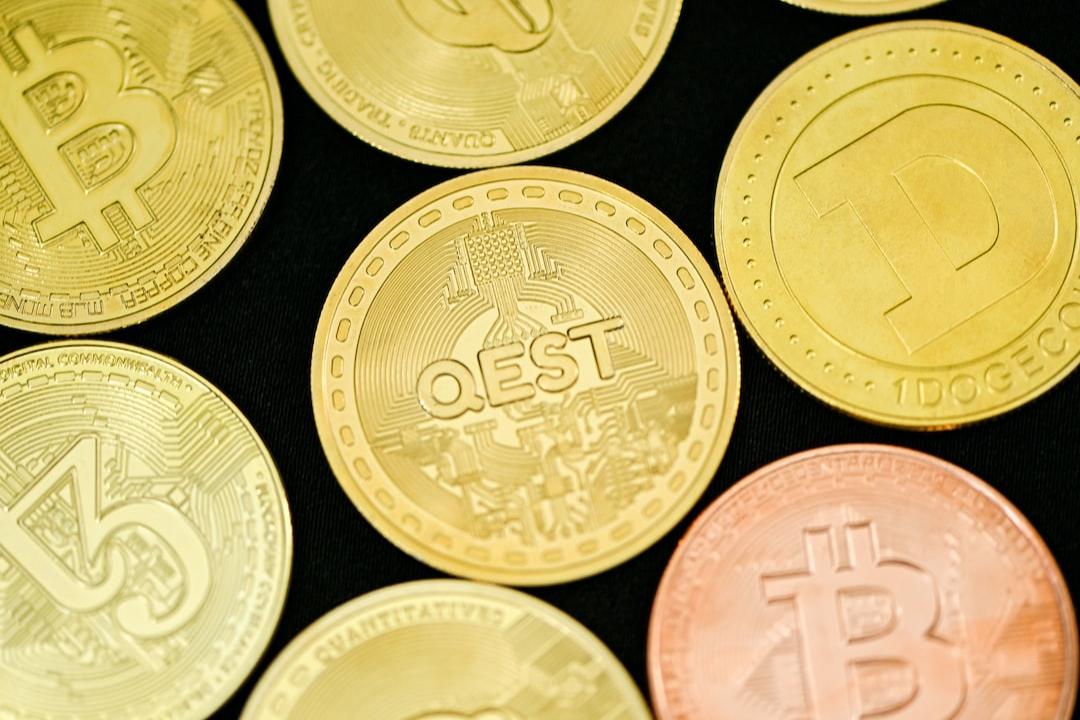Disclosure:
The views and opinions expressed here belong solely to the author and do not represent the views and opinions of ethdaily.net’ editorial.
Layer-2 Chains vs. Appchain L1s: Retaining Value in Blockchain Ecosystems
Layer-2 chains were supposed to be the next evolution of blockchain scalability, making transactions faster and cheaper. However, they leak generated value back to the parent chain, liquidity hubs, and governance structures. In contrast, app-specific “appchain” layer 1s are emerging as a necessity for projects optimizing for sustainability, sovereignty, and alignment.
L2s: Fast, cheap—and economically hollow
L2s are downstream environments that rely on L1s like Ethereum, leading to a one-way transfer of value back to the securing chain. Persistent overheads from fees and dependencies on the parent chain can limit growth and sustainability for projects.
Appchain L1s: Keeping the value you create
Appchains retain generated value within their own ecosystem, offering full-stack control and independence from parent chains. They allow for local value compounding, direct community stake, and infrastructure tailored to the application’s needs.
But what about fragmentation?
Interoperability solutions like LayerZero and Avalanche Warp Messaging enable appchains to connect with broader ecosystems while maintaining sovereignty. The market is shifting towards appchains for autonomy, economic sustainability, and user-centric infrastructure design.
The market is catching on
More projects are opting for appchains to achieve long-term success, prioritizing alignment, sovereignty, and sustainability over speed and cost efficiency. Building a custom appchain is becoming essential for projects looking to own their stack and resources.
Author:
.author-card__photo
Steven Gates
Steven Gates is the Founder of Hypha, a platform for launching blockchains with a focus on configuring validator license sales.

